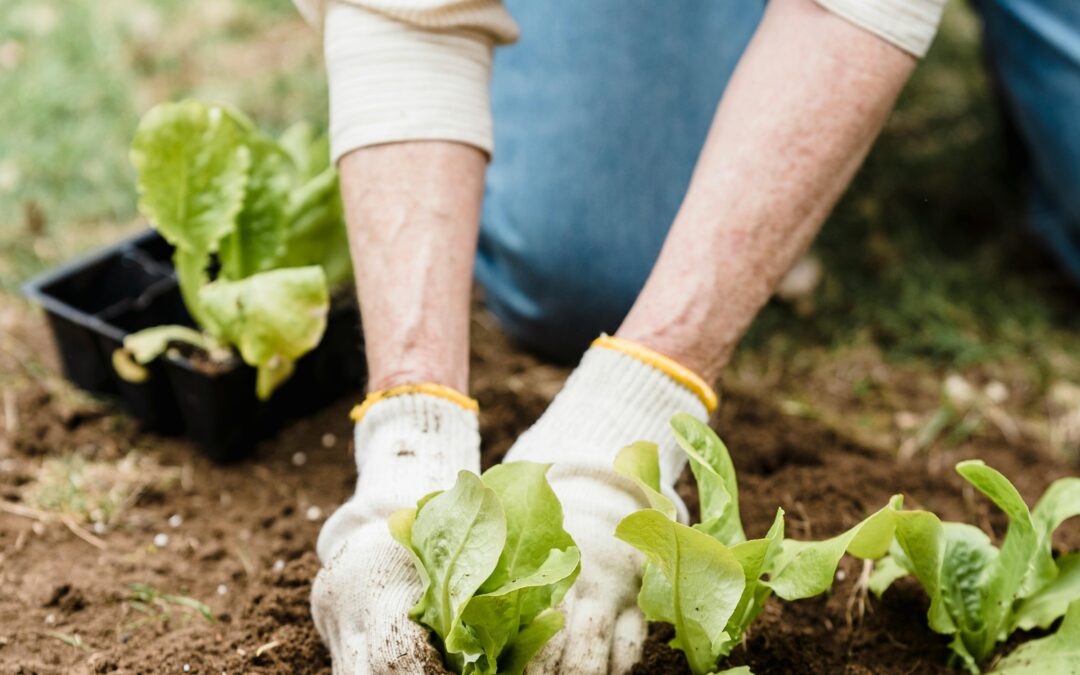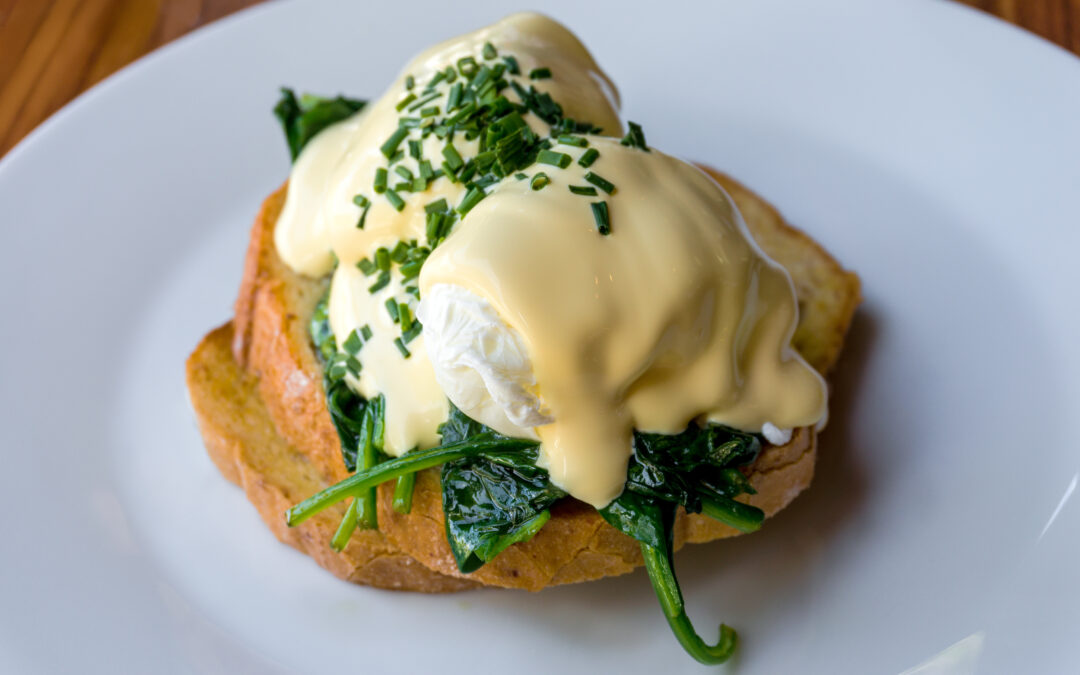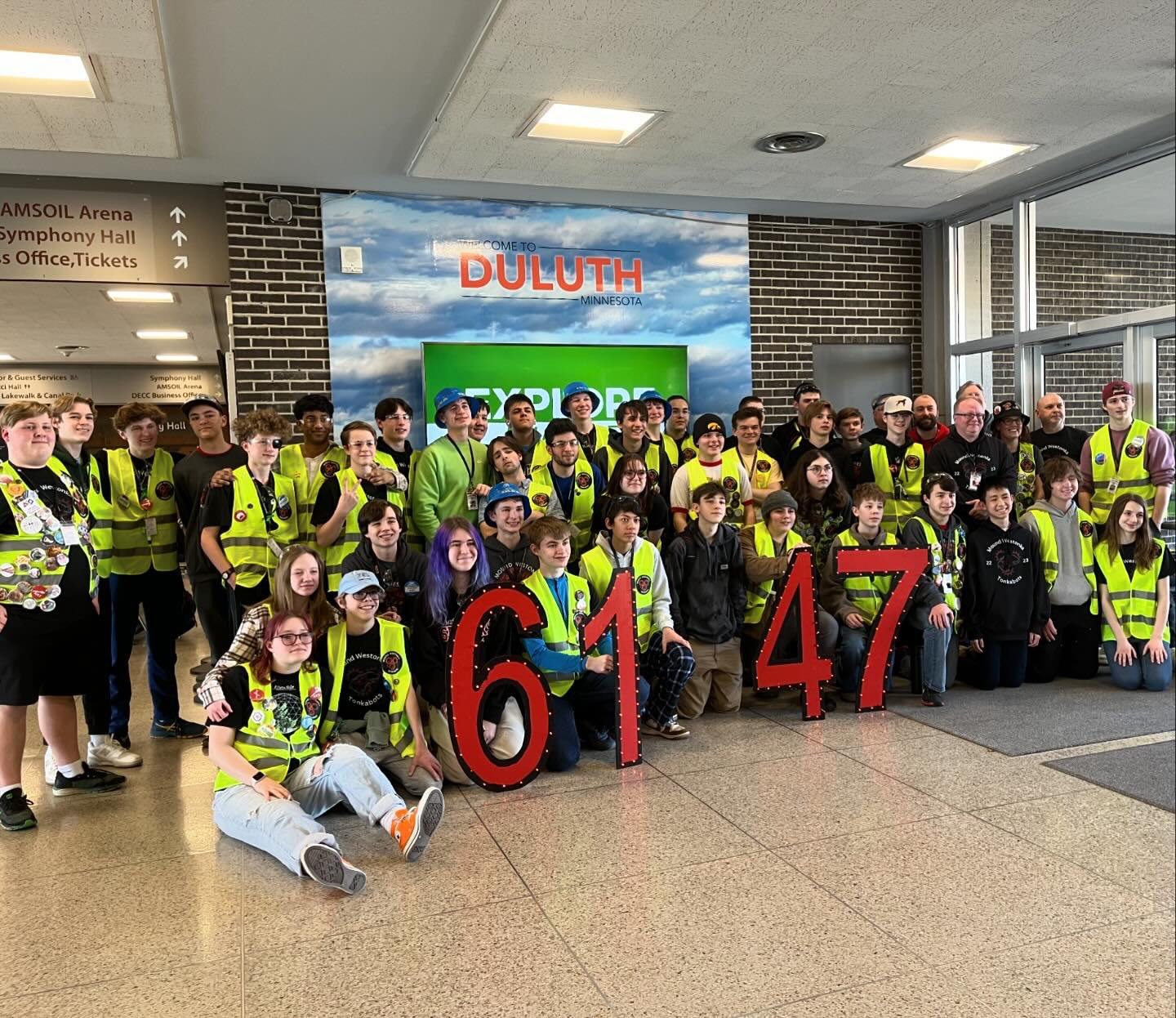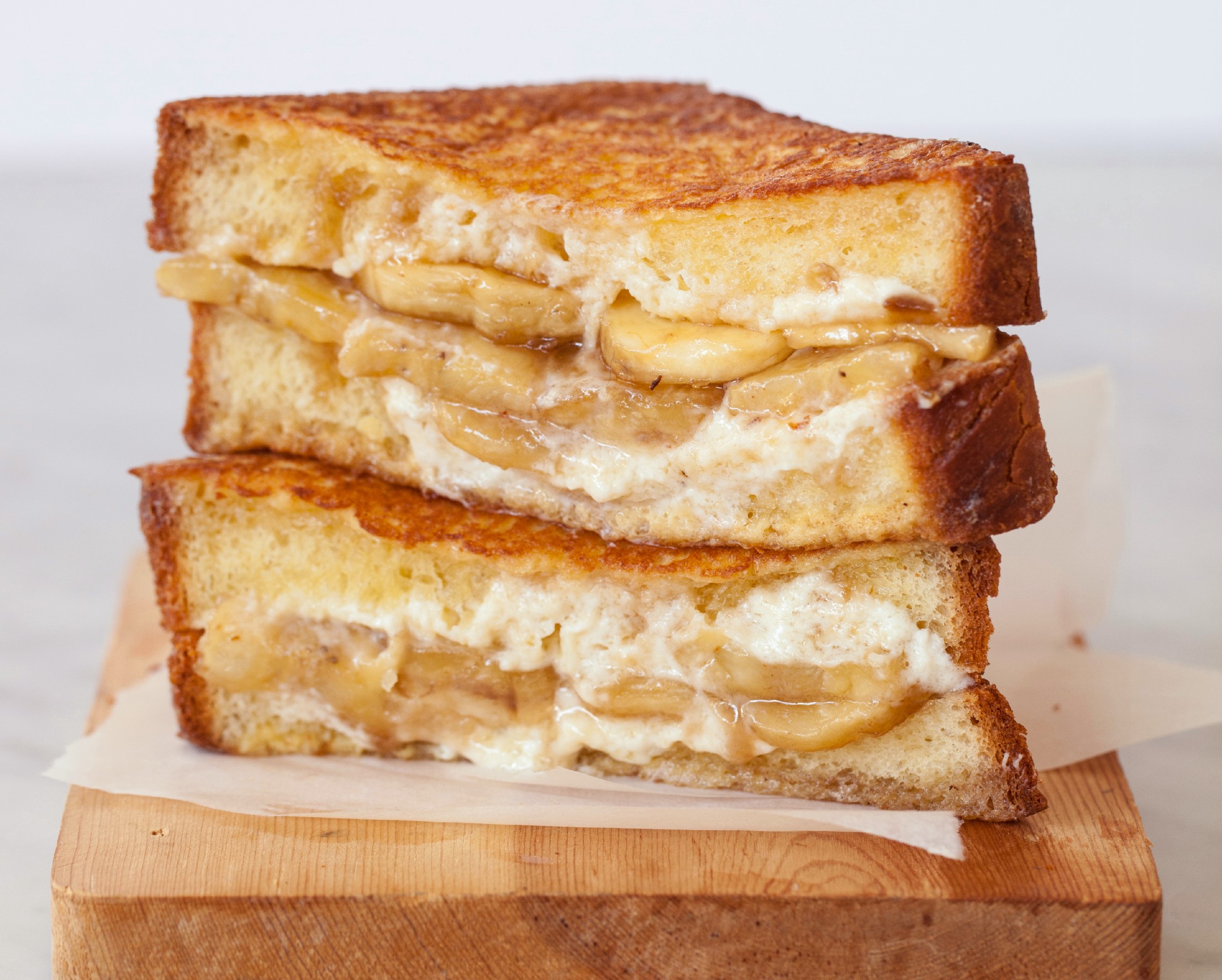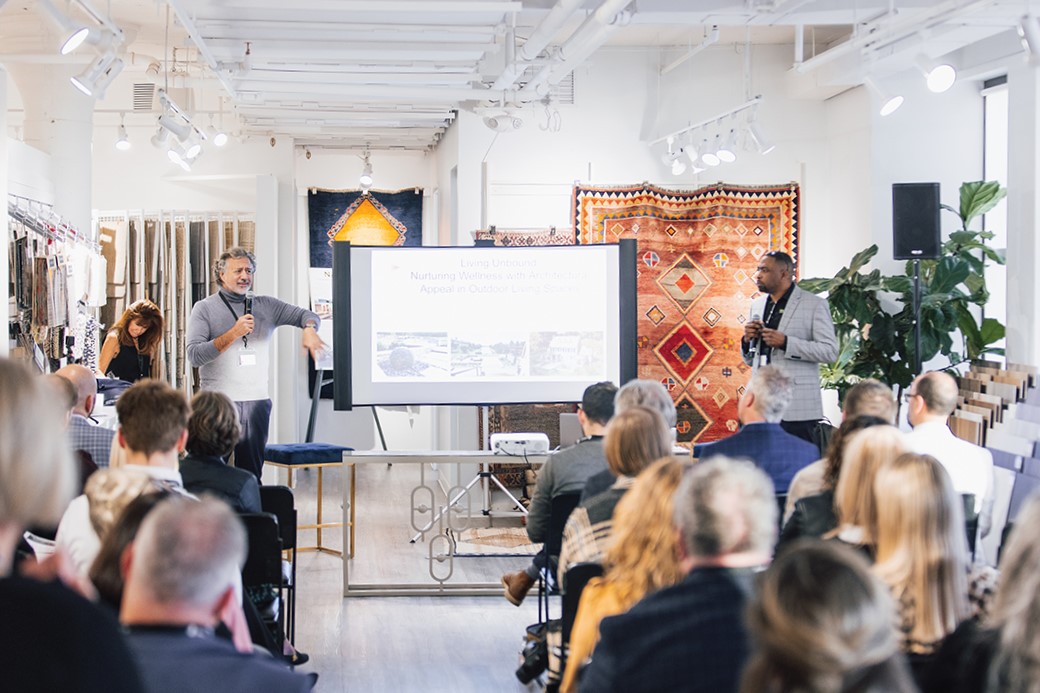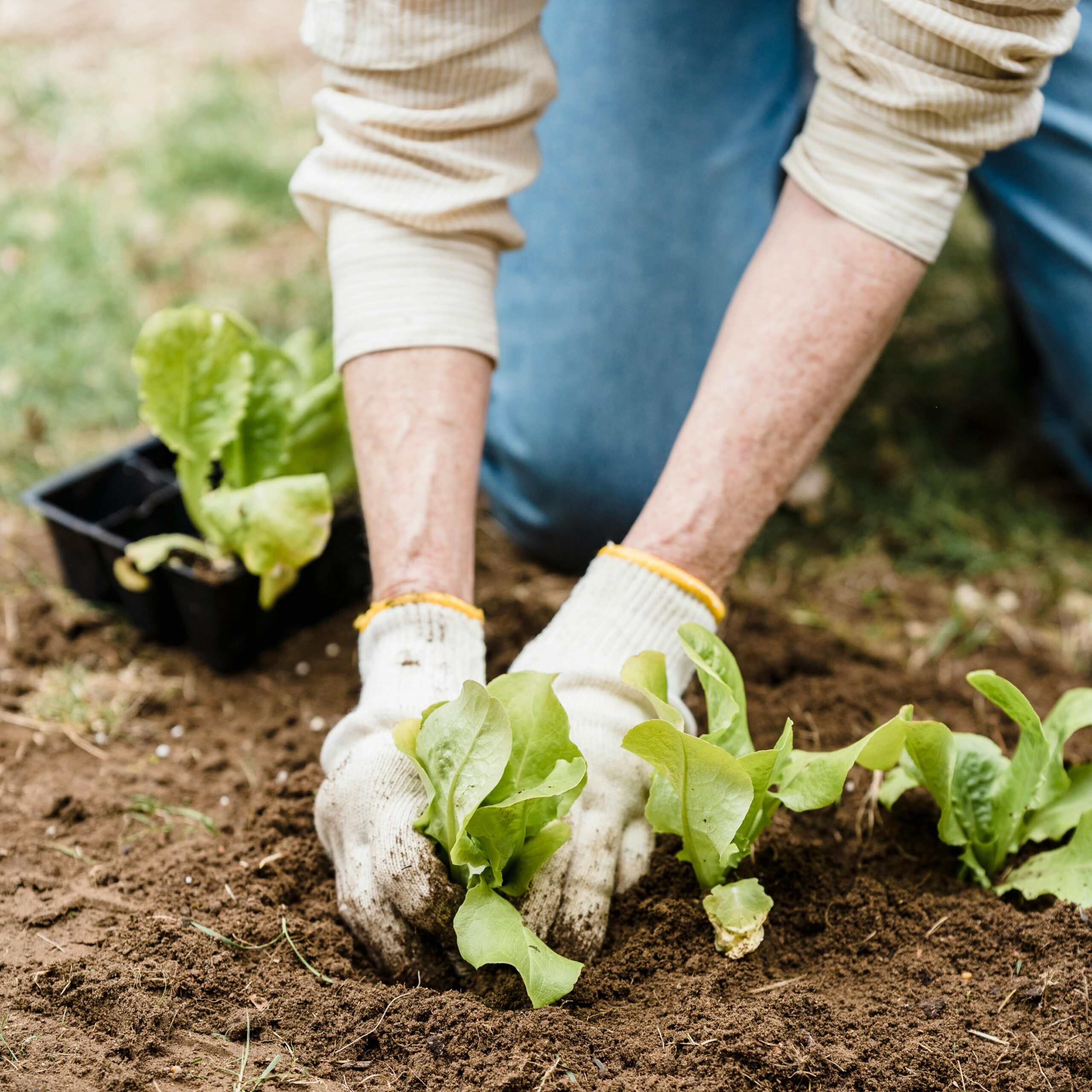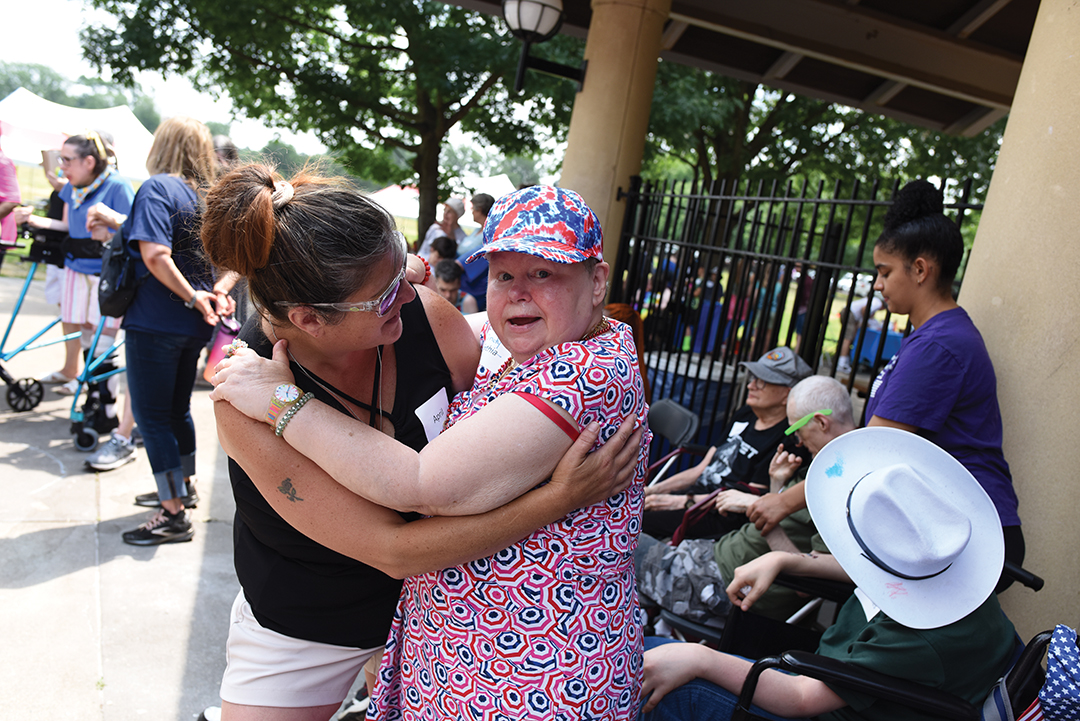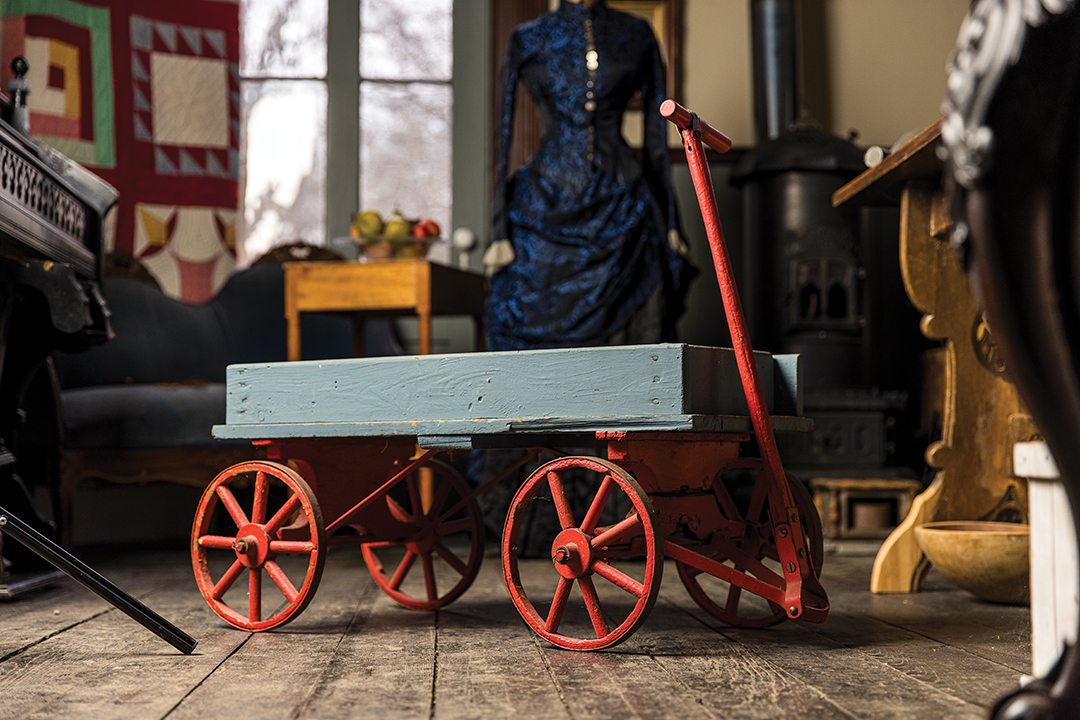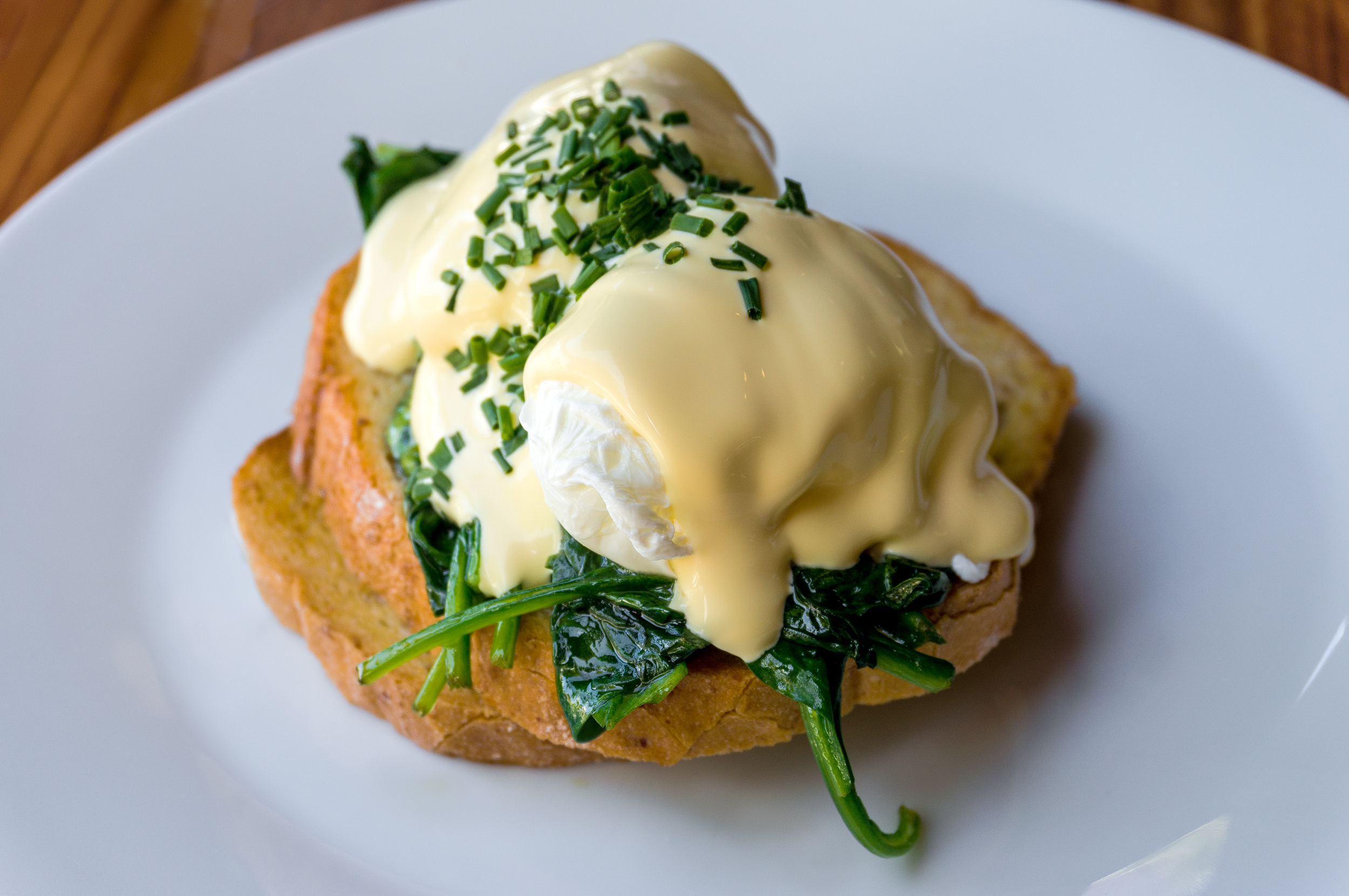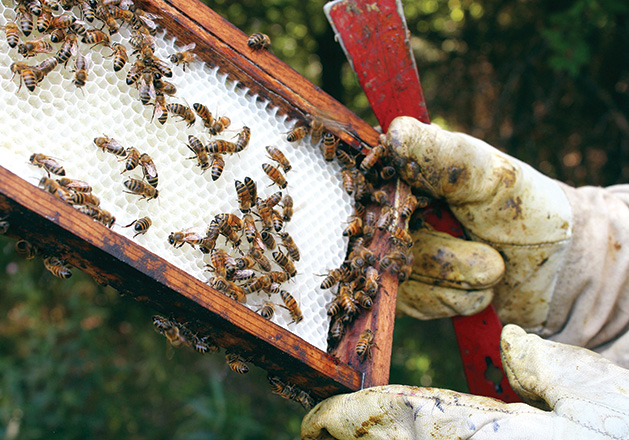
Photo: Rachel Nadeau
This article originally appeared as part of the story Bee-utiful Terroir in the April 2019 issue. Click here for some perfect honey and cheese pairings from Ames Farm.
Brian Fredericksen, founder and owner of Ames Farm Ltd., has become a kind of bee advocate, running a sustainable apiary but also serving as a resource to others wanting to encourage healthy bee populations—no matter where or how they live. Here are his top seven ways to make a positive difference for our struggling local bees.
- Get educated. Check out the Queen of the Sun documentary by filmmaker Taggart Siegel. It gives a great overview of the plight of wild bees—and what that could mean for the planet.
- Live on land? If you have two acres or more to spare—at home, at work or at your cabin—apply to enroll that land in the Seed a Legacy program out of Nebraska. With a mission to foster healthy bee environments in states that are critical to pollinator health and habitat needs, they’ll take aerial photos and the land’s history into consideration and then send a perfect mix of bee-friendly seeds your way, free.
- Have any land at all? Consider planting bee-friendly pollenating plants that, collectively, are in bloom for as much of the growing season as possible. Linden or basswood trees are helpful, but willows and maples are especially helpful because they’re often the first food source hungry bees can access in spring. “From early April to mid-October, bees need a program of food,” says Fredericksen. “They need flowers and trees constantly in bloom. Your whole property is a food plot for bees.”
- Go native. On the flip side of that, avoid plants that aren’t native to Minnesota—like roses—and require a lot of chemicals to be successful. Embrace ornamental grasses and native plants that are meant to grow together. Bonus: They need less care in our climate.
- “In Ontario, laws have made it illegal to use chemical products for cosmetic landscaping. It can be done!” says Fredericksen. America lags behind other countries in legislating more sustainable practices, so that’s on landowners. Embrace dandelions and stray weeds in order to cut back on the pesticides and herbicides that are going on your land. Or ask for natural products when possible.
- Know your growers. “Behind every piece of food we eat, there’s a story,” says Fredericksen. “Try to understand the story behind your food. [Most cultures] have a tradition of beekeeping and eating honey. Politics aside, we all agree that bees are good. Once you know who makes your honey—and all the rest of your food—it becomes easier to make sustainable choices.”
- Try your hand at beekeeping. Ames Farm sells nucs of bees, rents hives for DIY keepers and also offers full-service beehive rental. It’s pricey ($1,200 per season) but you’ll get a portion of the honey produced by your hives and have an excellent opportunity to learn beekeeping first-hand—without the stress.
Ames Farm
952.955.3348
Facebook: Ames Farm
Instagram: @amesfarm
Twitter: @amesfarm

